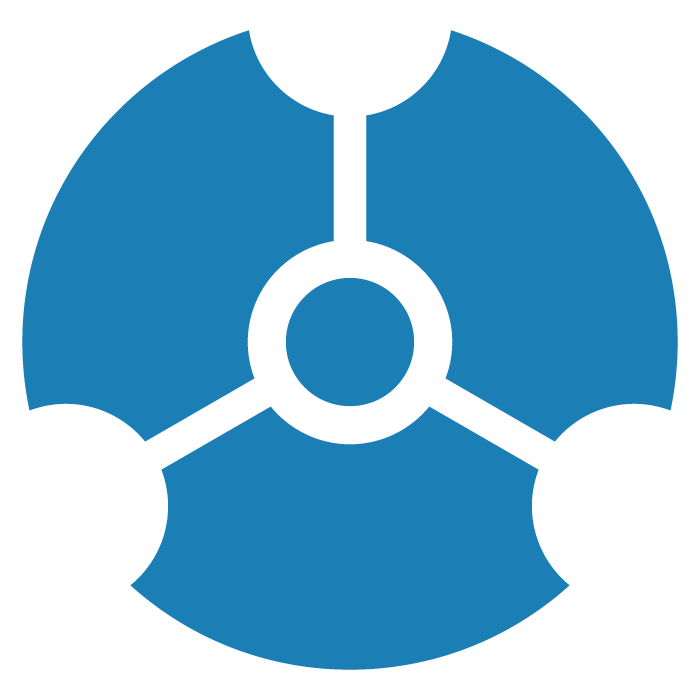Navigating and Selecting Graph Data
GraphXR lets you explore, select, and group data efficiently in the project graph space. You can use mouse controls, list items in the legend, one-click tools in the contextual toolbar or right-click context menu, as well as functions provided in tables, filters, and the path finding algorithm. Many navigation and selection options also have keyboard hotkeys.
To navigate the graph on the desktop you can:
Use mouse controls, GUI navigation, and/or keyboard hotkeys to pan, rotate, and zoom in and out of the view.
Use Center To and Fly Out icons on the context toolbar or right-click menu to reposition your view of the graph.
Use full-text keyword search on properties of the graph data to select and fly to an individual node.
Open a Table to fly to a node or edge (but not select it).
To select data in the graph you can:
Use mouse controls and/or keyboard hotkeys to select nodes or groups of nodes, and to add or subtract from your selection.
Use the list items in the Legend to select all nodes of any category or tag, or any listed property value, or to select all the edges of a relationship.
Use selection options in the right-click menu’s Select submenu (or a toolbar icon or shortcut key, if available):
All Nodes to select all currently visible nodes in the graph space. Or use the Select Visible Nodes toolbar icon or ctrl +A.
Add to Selection or Subtract from Selection to add or subtract nodes you select using mouse controls to an existing selection.
Invert to select all the nodes not in the current selection. Or use the Inverse toolbar icon or ctrl + R.
Deselect to deselect all the nodes in a current selection. Or double-click on an empty area of the graph.
Floating Nodes to select all the nodes that have no connected edges. Or use shift +D.
Leaf Nodes to select all the nodes that have just one connected edge.
Neighbor Nodes to select additional nodes one edge away from selected nodes.
Neighbor Edges to select all the edges connected to a selection of nodes.
Connected Nodes to select all the nodes connected to a selection of edges.
Use Find Path in the right-click context menu to highlight and select the path between two selected nodes. This simplified one-click function is similar to that provided in the Algorithm panel and Path Finding tab.
Use Trace Neighbor to highlight all the nodes within a specified number of connections to a selected node. Once highlighted, you can use Select Visible Nodes (Ctrl +A) to select the traced nodes.
To Hide data temporarily:
In the right-click menu’s Actions submenu, use Hide to hide selected nodes temporarily, and Show Hidden to restore hidden nodes. Or use the Hide Selection and Un-Hide Selection toolbar icons.
In the Project panel:
Deselect the Visible checkbox for a category or relationship to temporarily hide nodes of a category, or edges of a relationship.
Select the Exclude checkbox for any property of a category or relationship to temporarily exclude it from display in tables or the information panel.
Filter on either numerical or categorical (string) property values using multiple composable filters. For numerical data, an animation playhead is provided for dynamic display of filtered data, and a Chart histogram shows the distribution of filtered data. For categorical data, a selectable list is displayed of the values in the property being filtered, and a search bar lets you enter a search term or regular expression.
Use an Enhanced Table to select, edit, and export selected data.
To group selected data in the graph space you can:
In the right-click menu’s Actions submenu, use Tag to save and label any selection of nodes. Or use the Tag toolbar icon.
In the right-click menu’s Actions submenu, use Collect Nodes (or Explode Collections) to collect nodes with few (or no) connections to selected nodes and place them in special temporary collection nodes (or remove the nodes from selected collections). Or use the Collect Nodes or Explode Collections toolbar icons.
